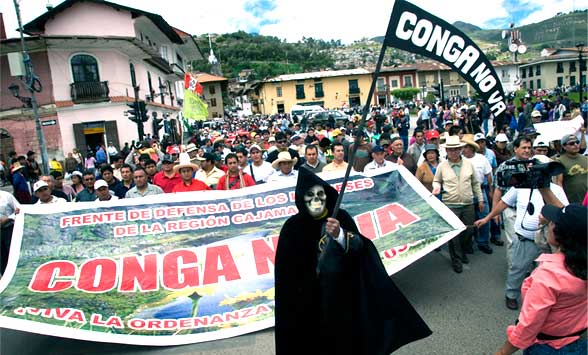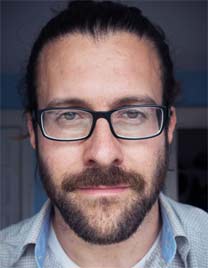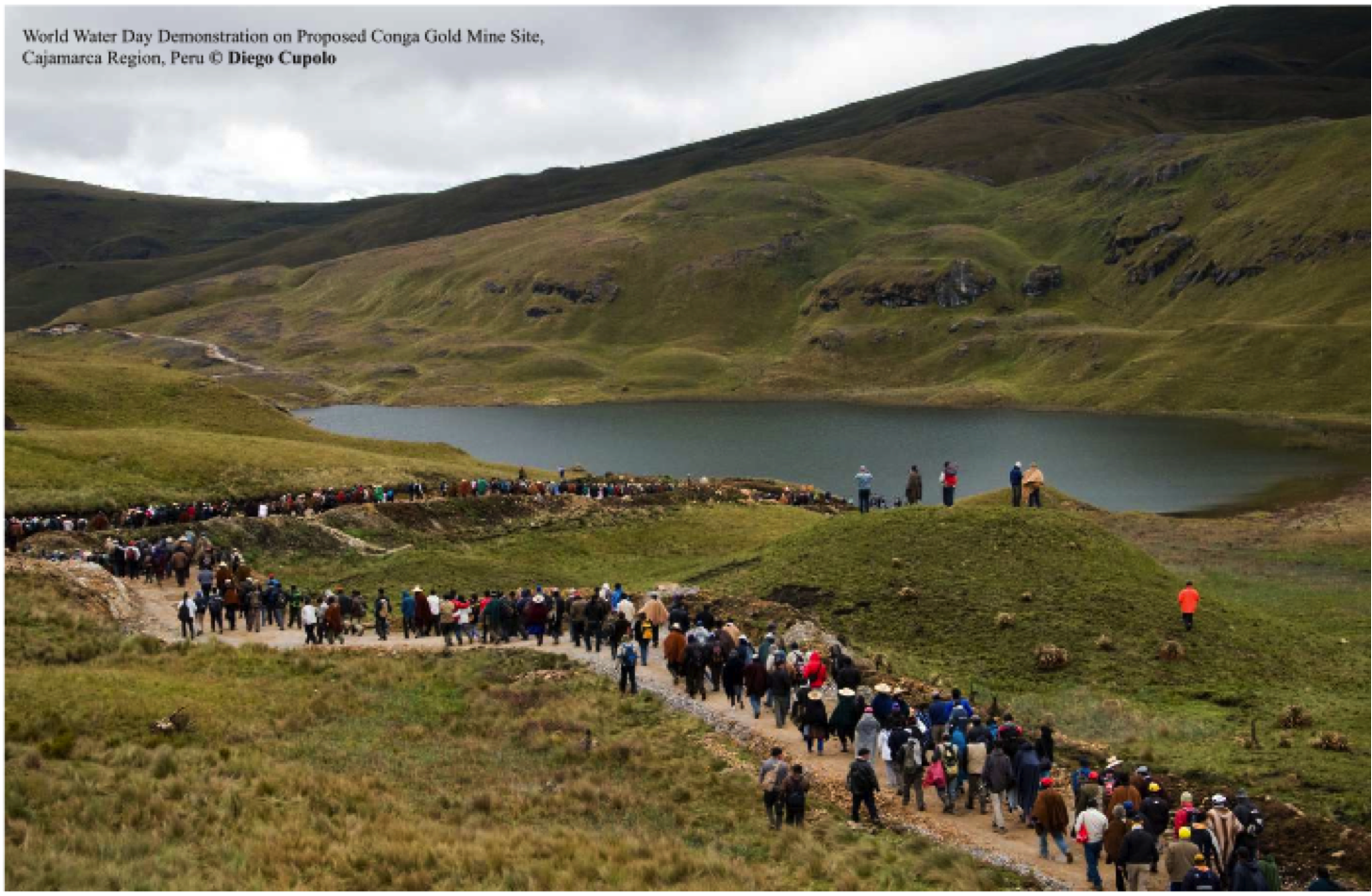
By DIEGO CUPOLO

[dropcap]T[/dropcap]he Yanacocha gold mine did not exist when Reinhard Seifert first moved to Cajamarca, Peru in the 1970s. Back then, the mountainous region in northern Peru was a blank spot on the map for most foreigners; an area rarely visited, barely known and ranked as one of the poorest in the nation.
Everything changed in 1993, when Denver-based Newmont Mining Corp. opened Yanacocha and spurred a modern gold rush of sorts. The open pit operation quickly became the second largest gold mine in the world, producing an estimated $7 billion USD worth of gold to date, and the region’s population exploded.
Newmont’s investment in the Andes proved profitable. So much so, that in 2011 the company proposed expanding its operations with a megaproject known as the Conga mine. The new project was instantly met with relentless, sometimes violent, anti-mining demonstrations, and four years later, the Conga mine expansion remains on hold under environmental review.
Throughout this period, Seifert played a pivotal role in the anti-mining movement as former president of the Environmental Defense Front of Cajamarca. Seifert, a German-born environmental engineer who specializes in hydrogeological science, spent years researching the effects of gold mining on the region’s water supply. At times, traces of arsenic, lead, cyanide and mercury were found in the fresh water supply; all chemicals that have been linked with rising gastrointestinal cancers among Cajamarcan residents and mass trout die-offs in the region’s rivers.

In effort to document these events, Seifert recently published his second book: Yanacocha: ¿El sueño dorado? Tomo II or Yanacocha: The Golden Dream? Volume II, in which he presents the history of the Yanacocha mine along with its environmental and social impacts on the region. From political alliances and water quality tests to the manipulation of local media outlets and personal attacks, Seifert tells the story of modern gold mining through cold, scientific analysis and heated first-person accounts.
Read Also: Oil and Oxygen: Are We Suffocating the People of Peru? & Conga Mining Project in Peru: Are Legality And Viability Enough?
Today, as Cajamarca remains one of the poorest regions in Peru even after 20 years of gold extraction, Seifert poses the question: If Europe can modernize its mining techniques and limit environmental degradation, why can’t Peru?
The following is an interview conducted with Seifert in January of 2015. (Translated from Spanish by Diego Cupolo).
Q: Yanacocha: The Golden Dream? Volume II is your second book on the environmental impacts of gold mining in Cajamarca. What are you trying to achieve with your second effort?
In Peru, there is little serious discussion about the quantity and quality of water that is affected by mining technology. Fortunately, the study of water is an exact science. One can objectively measure the pollution and destruction of water sources. This is how I have oriented my second book; by focusing on the latest scientific and technological developments regarding the Yanacocha mine,while also trying to aid the search for viable alternatives.
Newmont’s reports only talk about impacts, not about pollution. These are totally different concepts. One thing can be considered safe while the other can be very harmful in the long run. (>> Continue Reading)










